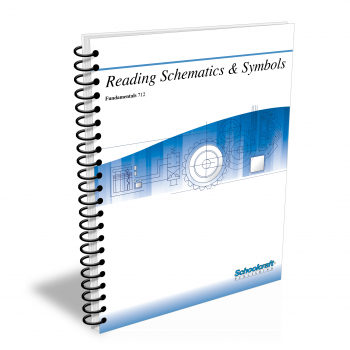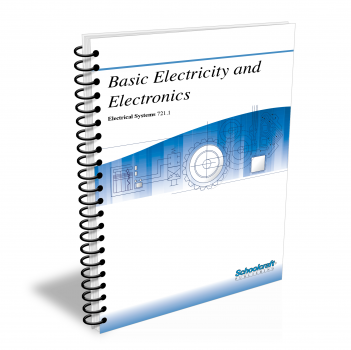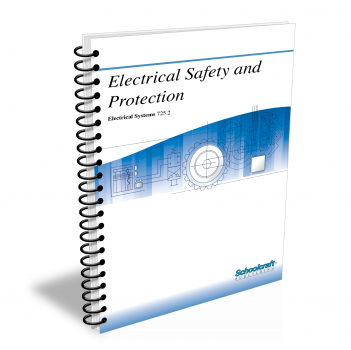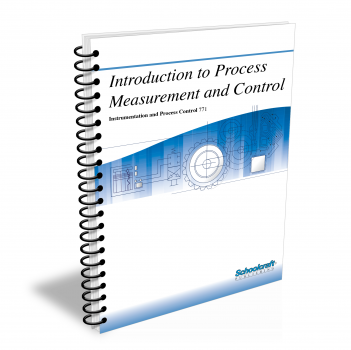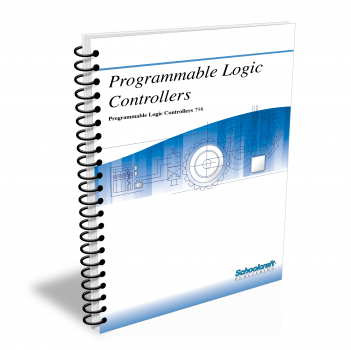Batteries and DC Circuits
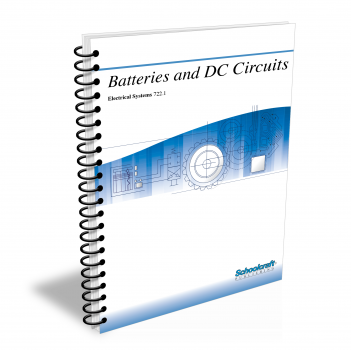
Course Number: 722.1
The Batteries and DC Circuits textbook covers how electrochemical action is used. Covers batteries, electrolytic action, electroplating, Characteristics of storage batteries, application and maintenance of lead-acid, nickel-alkaline, and nickel-cadmium batteries, putting batteries into service, charging batteries, maintaining records, fundamentals of DC circuits, and using Ohm's Law to solve problems in DC series, parallel, and series-parallel circuits.
Does your curriculum require additional topics not included in this textbook? Build a customized version of the Batteries and DC Circuits textbook below.
This textbook has been recently updated
to include topics lists, objectives, & key terms for every chapter.
Recommended Contact Hours – 15
Preview a Chapter
Available Supporting Material
- Table of Contents
- Exam Copies
- Suggested Titles
Table of Contents
Chapter 1: Electrochemical Action
Topics: Battery characteristics; Electrolysis; Electroplating; Extracting and refining metals; Electrolytic corrosion; Choosing a battery
Learning Objectives:
- State the difference between a primary cell and a secondary cell.
- Discuss electrochemical action.
- Explain how battery polarization works.
- State the definition of an electrolyte.
- List the factors to consider in selecting a battery.
Chapter 2: Battery Characteristics
Topics: Care and maintenance of dry cells; New kinds of primary cells; Secondary cells; Stationary batteries; Storage batteries
Learning Objectives:
- List advantages of dry cells.
- State the characteristics of dry cells.
- Explain how to create a six-volt battery from 1.5 volt dry cells.
- Name the basic kinds of storage cells in use today.
- Explain how to calculate the rating required in a battery for a specific application.
Chapter 3: Kinds of Batteries
Topics: Lead-acid batteries; Lead-calcium batteries; Nickel-iron alkaline cells; Nickel-cadmium alkaline cell
Learning Objectives:
- List advantages of dry cells.
- State the characteristics of dry cells.
- Explain how to create a six-volt battery from 1.5 volt dry cells.
- Name the basic kinds of storage cells in use today.
- Explain how to calculate the rating required in a battery for a specific application.
Chapter 4: Maintaining Lead-Acid Batteries
Topics: Placing a new battery in service; Care of dry- and wet-charged batteries; Battery testing; Industrial truck batteries; Battery problems
Learning Objectives:
- List the steps in placing a new dry-charged battery in service.
- Name the three basic methods of charging batteries.
- Explain how to measure a cell's specific gravity.
- List causes of low specific gravity in a cell.
- Tell how to clean a wet, dirty battery cover.
Chapter 5: Charging Lead-Acid Batteries
Topics: Battery charging; Initial and normal charge; Equalizing, trickle, emergency, boost, and freshening charge; Test discharge; Cell failure
Learning Objectives:
- Explain how to conduct an initial charge.
- Discuss the different types of battery charges.
- List the common causes of cell failure.
- Explain how to mix electrolyte correctly.
- Explain how to treat both skin and eyes that have been splashed with acid.
Chapter 6: Solving Problems in DC Circuits
Topics: Sources of DC electricity; Ohm's Law; Work; Torque; Power; Efficiency; Branch points and loops
Learning Objectives:
- Define Ohm's Law and use it to solve a problem.
- State the definition of a branch point.
- Solve a problem using the power formula.
- State the definition of Kirchhoff's rules.
- Define work, power, torque, and efficiency.
Chapter 7: DC Series Circuits
Topics: Ohm's Law for series circuits; Current control; Voltage drop; Using equations; Using Kirchhoff's Rules
Learning Objectives:
- Describe a series circuit.
- Solve for E, I, and R in series circuits.
- State the basic rule you must follow when making changes in an equation.
Chapter 8: Parallel Circuits
Topics: Recognizing parallel circuits; Resistance, voltage drop, and current in parallel circuits; Calculating resistance and power; Conductance
Learning Objectives:
- State the definition of a parallel circuit.
- Explain how to calculate the current in each branch of a parallel circuit.
- Explain how to calculate resistance in a parallel circuit.
- Calculate power in a parallel circuit.
- Find the reciprocal of any value.
Chapter 9: Series-Parallel Circuits
Topics: DC motors and generators; Voltage dividers; Lighting circuits; Three- and four-way switch circuits
Learning Objectives:
- State the definition of a series-parallel circuit.
- Identify series, parallel, and series-parallel circuits.
- Explain how to calculate resistances in a series-parallel circuit.
- Demonstrate how to trace and simplify a circuit.
Chapter 10: DC Circuits in Use
Topics: AC and DC electricity; AC waveform; Peak-to-peak, average, and effective values; Energy storage; Faraday's Law; Basic circuit concepts
Learning Objectives:
- Explain how the three types of dc motors differ.
- Demonstrate how to increase and decrease the speed of a dc motor by adding resistors.
- Identify a three-way switch.
- Calculate current and resistance using voltage divider circuits.
Request Exam Copies
Exam Copies
Ready to see a copy of our textbooks? After selecting which textbooks you’d like to review for your course, you can submit your request by either logging in or creating an account so we know where to ship your exam copies. A representative from Schoolcraft will contact you to confirm and finish processing your request.
Exam copies are always free and yours to keep.
Selected Exam Copies
none selected
* Maximum of five copies can be ordered
